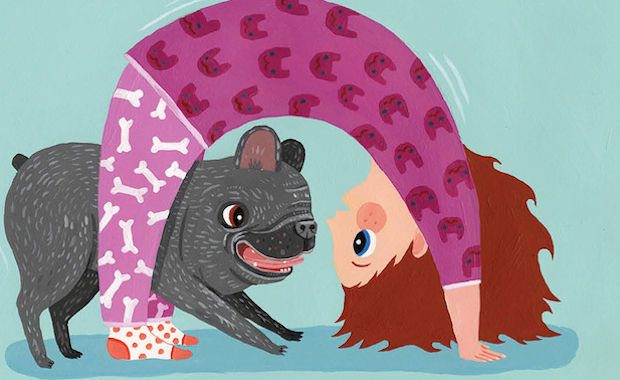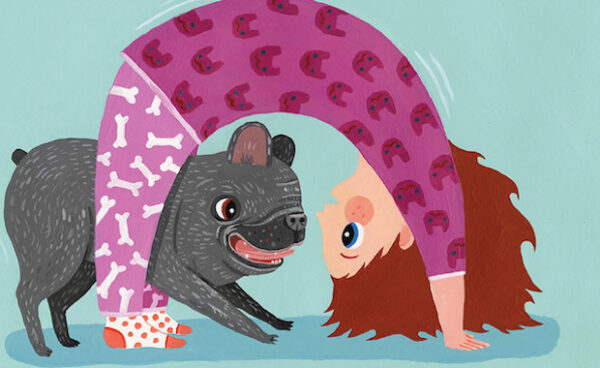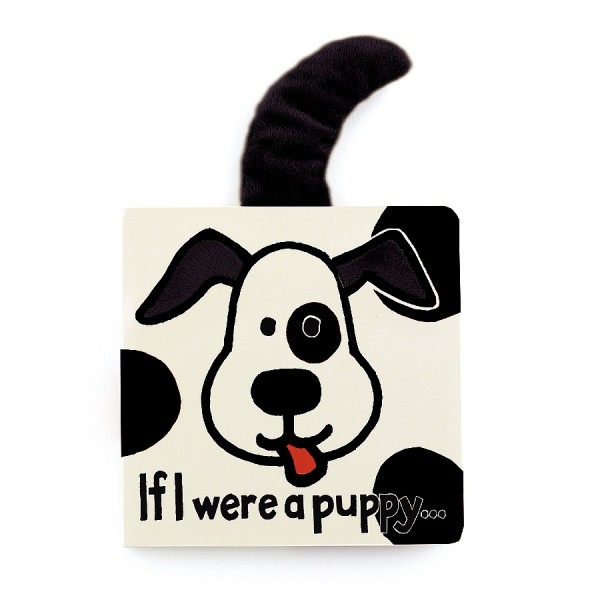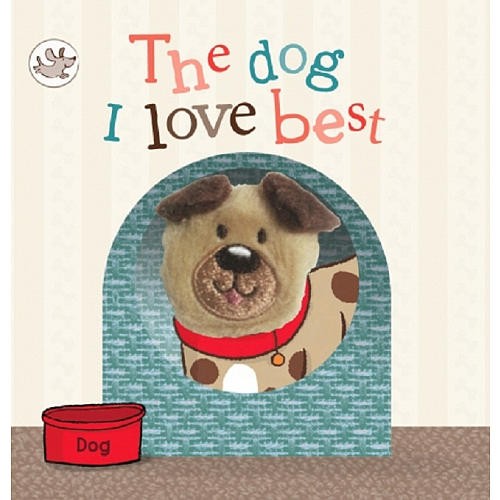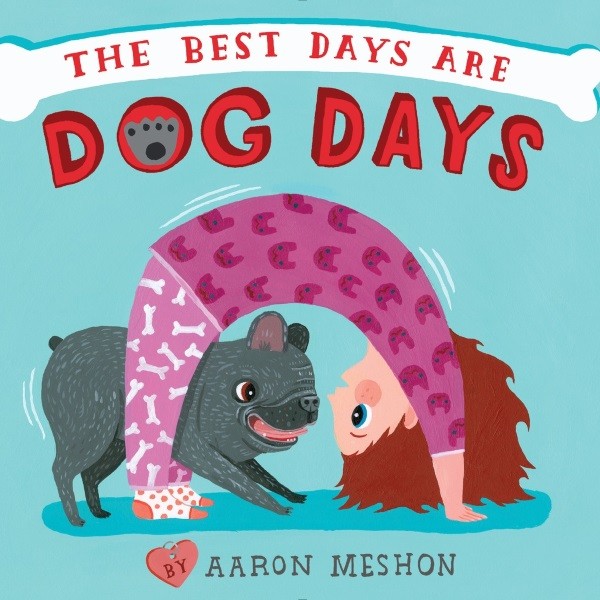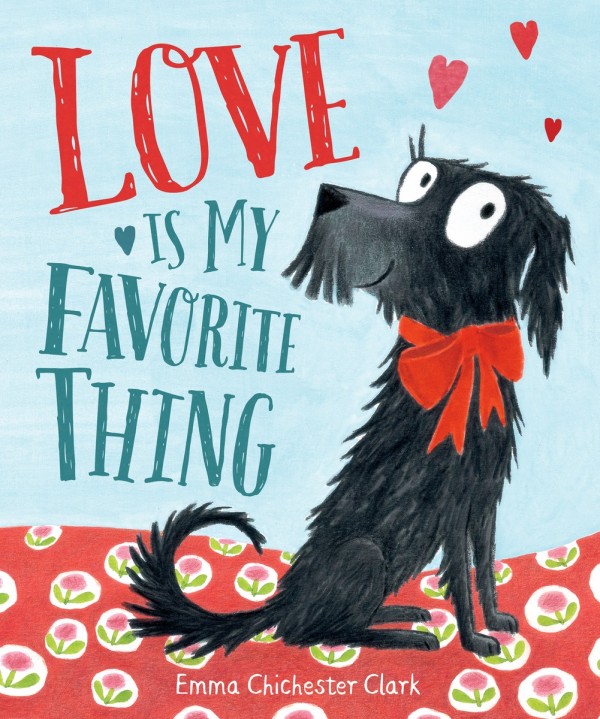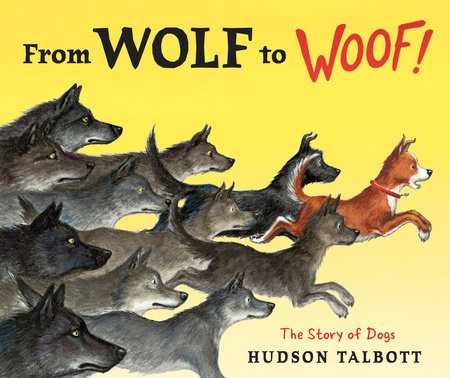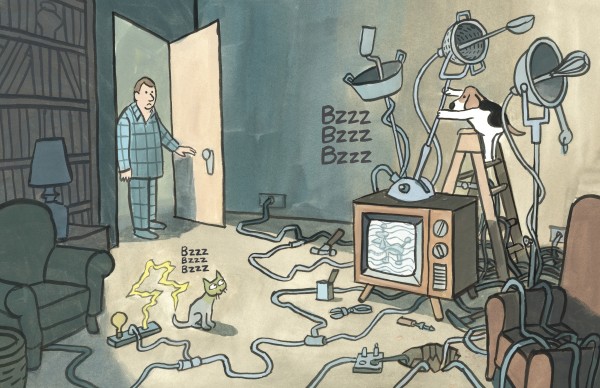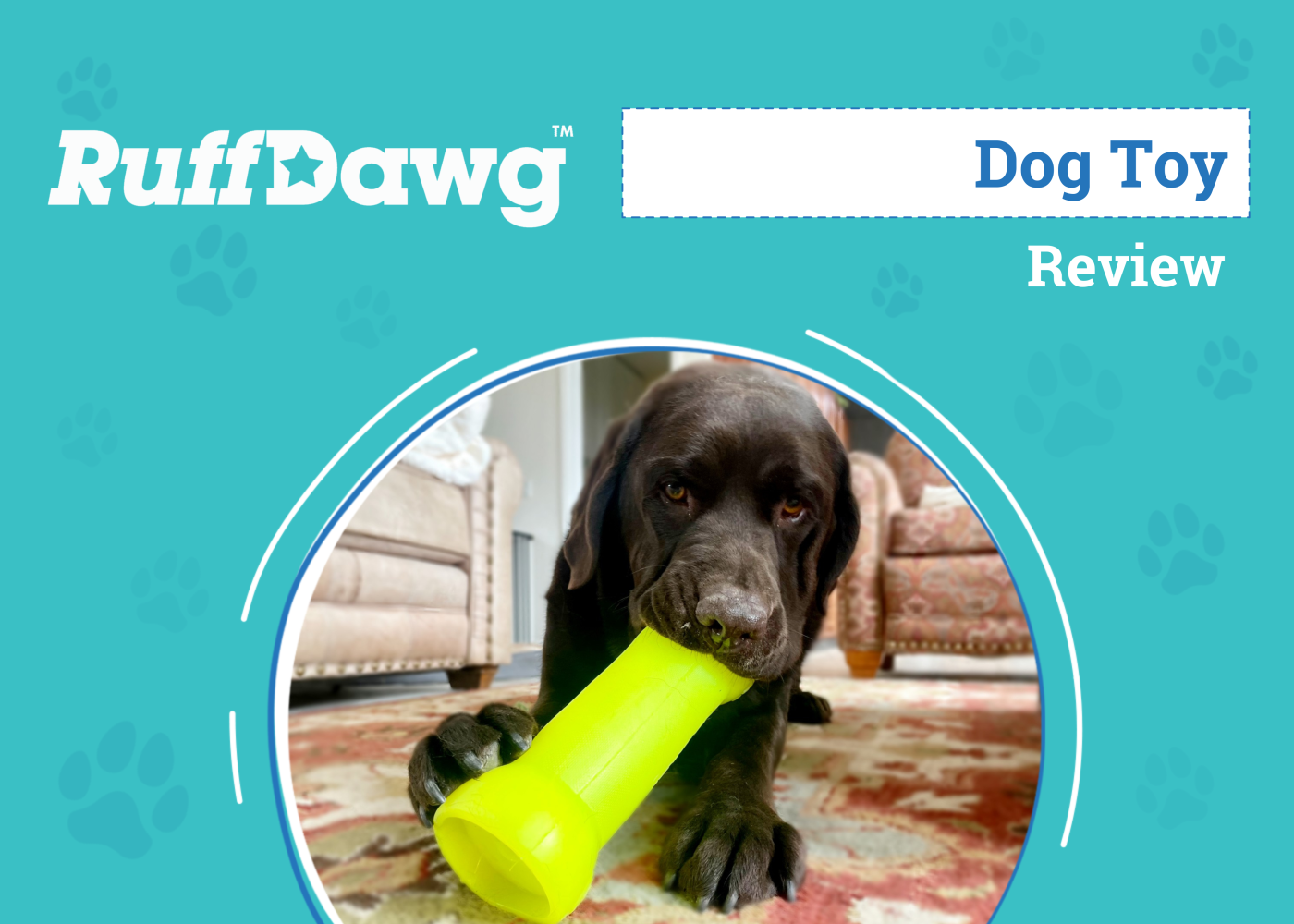Curling up with your fed, bathed, and pajama-clad kid and a wonderful picture book is great way to end the day. And what pet-loving family doesn’t want a doggy or two gracing the illustrated pages? It’s amazing how quickly new doggy picture books become favorites, too, like The Best Days Are Dog Days, by award-winning author-illustrator Aaron Meshon. Just check out the adorable story of a French Bulldog and his baby (human) sister in this 90-second trailer.
Taking inspiration from this simple yet striking book, I rounded up 10 — some classic, some brand-new — kids’ books for dog lovers to read as a family.

Birth and up
1. If I Were A Puppy…, by Anne Wilkinson for Jellycat: A touch-and-feel board book is a blast for most babies (and adults, too). This one offers a squashy nose, furry tail, shiny collar, and velvety ears for sensory fun.
6-plus months
2. The Dog I Love Best, by Parragon Books: Tots will love pawing at the furry pooch in the middle of this tiny finger-puppet book. The small format and thick, colorful pages make reading a breeze as babies enjoy a simple rhyme about adopting a shelter pup.
3. Dear Zoo, by Rod Campbell: As soon as toddlers can participate in this lift-the-flap book, they’ll jump at the chance to practice their handiwork. Imaginations will go on a veritable safari as kids consider keeping a snake, giraffe, monkey, or elephant before the prize pup is revealed as the perfect pet at the very end.
2 to 5 years old
4. Dog’s Colorful Day, by Emma Dodd: Kids learn to count to 10 as the spunky titular dog acquires a rainbow of spots from his daily shenanigans. Red jam, green grass, and gray mud all find their way onto this once-clean canine, making a hilarious mess that will capture the imaginations of preschoolers.
5. The Best Days Are Dog Days, by Aaron Meshon: Readers big and small will happily gaze at the brilliant illustrations and simple sentences in a day in the life of a French Bulldog and his tiny sister. The featured pup is based off of the author’s own Chubu, making it all the more sweet.
6. Flo & Wendell, by William Wegman: Featuring Wegman’s iconic photography, which captures the inimitable expressions of the Weimaraner, this half-illustrated book is filled with pure puppy emotion. A brother-sister duo share their likes (painting, playing hide-and-seek), their talents (cooking, dressing up), and moments of sibling bonding (reading together), all with fitting furry facial expressions.
7. Love Is My Favorite Thing, by Emma Chichester Clark: Dogs behaving badly can delight any tiny reader, and the main character of this book is more than happy to oblige. Plum loves so many things, but her knack for going after life’s many pleasures sometimes frustrates her parents. Whether she’s jumping into parkside ponds, playing tug-of-war with a couch pillow, or running off with a stranger’s bag, she always remains lovable.
4 to 8 years old
8. Miss Moon, by Janet Hill: This deserves a spot on your child’s bookshelf for the gorgeous illustrations alone. Miss Moon has been a governess to more than 60 dogs. This of course has left her with unlimited wisdom on raising pups, from the simple — friends come in many shapes and sizes — to the elevated — practice the art of conversation: listen more than you speak.
9. From Wolf to Woof!, by Hudson Talbott: An origin story that will appeal to animal-loving kids, this nicely illustrated picture book explains the suspected beginnings of the strong human-dog connection. After all, where would we be without pooches to help guard, herd, hunt, track, carry, search, rescue, guide, and comfort us?
10. It’s Only Stanley, by Jon Agee: Parents can laugh alongside their littles as they witness the nocturnal hijinks of one family’s busy-as-a-bee Beagle. With rhymes, onomatopoeia, and a dash of humor that ends in a love-fueled trip to the moon, young readers will walk away with more than just a giggle.
What are your favorite doggy children’s books? Share in the comments!
Read more about dogs and kids:

